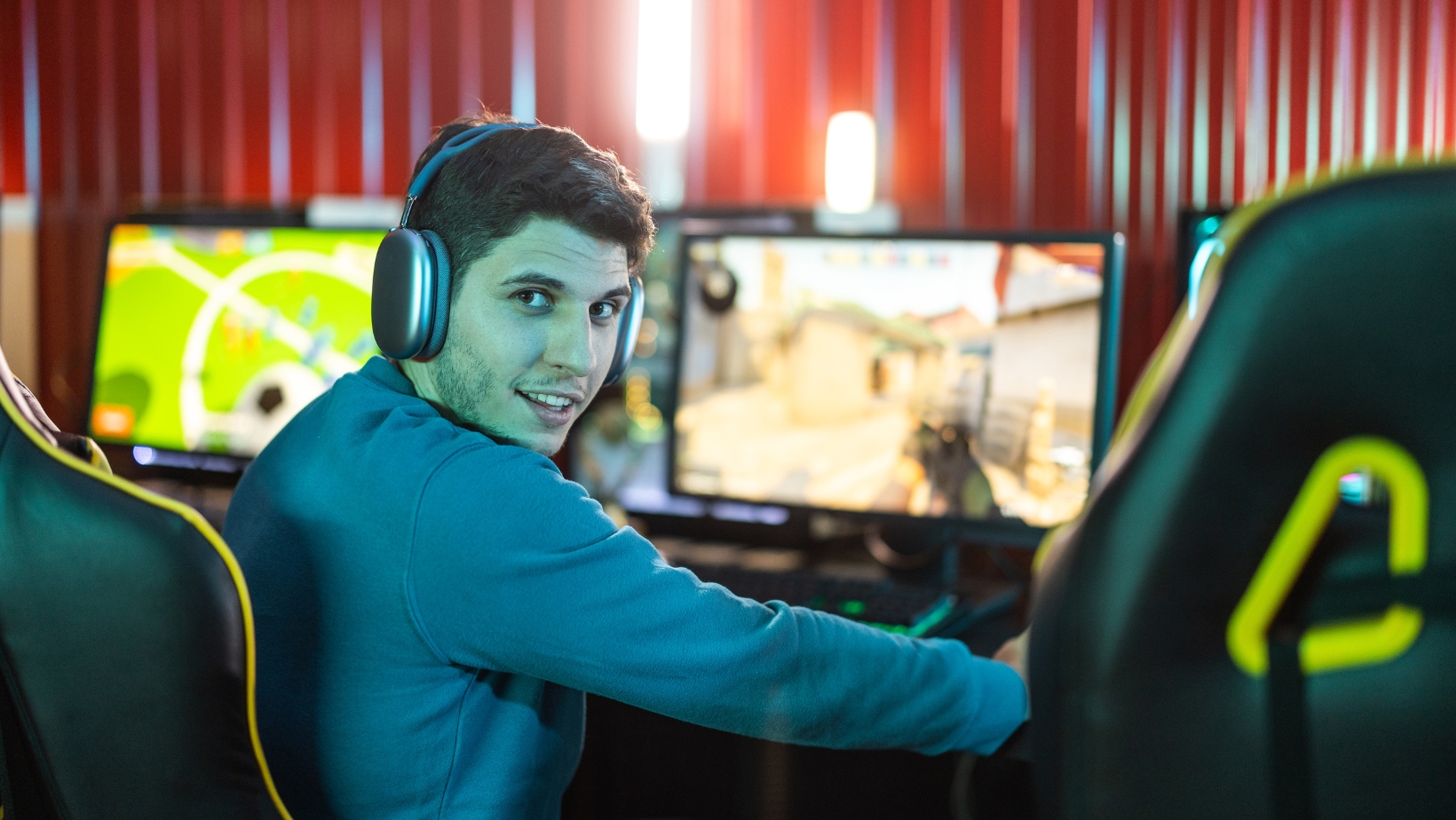In the early 2000s, you couldn’t avoid the discourse on video game addiction. The internet was gaining more traction as the world started integrating it into their everyday lives. MMORPGs and casual browser games were evolving from and surpassing the level of early graphical online games at breakneck speed.
At that point, gaming attracted plenty of new players, encouraging them to take advantage of the variety of games online. Naturally, some people became hooked on video games and what they could offer. Whether it was an escape from reality or the allure of the digital social environment, some people crossed the fine line between enjoyment and obsession.
As these new concerns began cropping up, everyone wanted to put in their two cents about the climbing popularity of gaming trends. They would say people were spending way too much time on the computer and that video game design inherently promoted addictive behaviors. But this is akin to gamblers who love to play slot games; while most who visit SlotsOnlineCanada.com and other similar sites can do so in healthy manner, there are always a few who don’t. That said, let’s take a closer look at video game addiction and how it manifests.
Table of Contents
ToggleWhat Classifies Video Game Addiction?
In the American Psychiatric Association’s Diagnostic and Statistical Manual of Mental Disorders (DSM-5), gaming disorder is listed under the broader category of internet addiction disorder. While it was only a consideration to be included in the manual in 2013, it solidified its position in 2018. Gaming disorder is diagnosed if someone demonstrates a pattern of playing video games with a lack of control. They’ll prioritize video games over other interests, daily activities, and responsibilities and continue despite the consequences.

Video games are addictive – they’ve got the qualities of escapism, reward, accomplishment, and other psychological triggers that provide human beings with satisfaction and positive physiological stimuli we can’t get enough of. Despite the ongoing debate about the potential risks of video games, we’ve also discovered the incredible value and joys they bring. They stimulate creativity, improve our fine motor skills, foster a sense of community, act as a healthy outlet for stress, and even provide learning opportunities. Without Animal Crossing: New Horizons, would most people know that Arowanas can leap six feet out of the water?
But how exactly are video games so captivating that they can lead to full-blown addiction?
The Psychological and Physiological Factors
The most pervasive psychological mechanism that video games tap into is our brain’s reward system. Whether we’re playing a basic puzzle game or tackling an open-world epic, each achievement or completion causes our brain to release dopamine – the very neurotransmitter that makes us feel satisfaction, pleasure, and motivation.
That factor alone is enough to hook us in, a continuous reinforcement that sparks the chase. It’s the same concept that keeps people posting on social media, gambling, exercising, or, in more dire scenarios, using drugs recreationally or binge eating. As we can’t control that natural physiological response, it’s up to our self-awareness to regulate our gaming habits, regardless of whether our brain becomes trained to crave and anticipate those sensations.
That’s part of why video games also provide a well-known sense of escapism. Coming home after a hard day of work and immersing yourself in one of your favorite video games is an easy way to find solace. It can act as a distraction or a way to decompress, all while providing other immediate positive emotions like happiness, validation, awe, and more.
With our real lives sometimes providing a limited sense of achievement, video games are also a great alternative source for quick and tangible fulfillment. While we wait for that job promotion or continue saving up for a new home, we can level up, beat high scores, complete quests, collect items, and master challenges in the virtual world.

Those who enjoy action-packed games or extra stimulating titles with guns, bright colors, tons of competition, or high stakes also experience high adrenaline levels and increased heart rates, another physiological response that can produce that addictive rush. Heightened senses, energy levels, and other sensory stimulators all contribute to a body-and-mind feedback loop that continues to drive our desire to play. Cozy and meditative games won’t necessarily induce that same fight-or-flight response, but they still foster a positive feedback loop – but one that could potentially be healthier.
The Social Factors
Through multiplayer experiences, player interaction, or simply getting involved in online communities related to a specific video game, you can effectively fulfill your social meter and even create some meaningful real-life connections. While humans crave positive emotions and physiological stimulation, something else that’s inherently important to us is feeling like we belong. When a group of people share the same love for a video game and compete, team up, or share other in-game experiences, it promotes bonding and adds a social dimension to gaming.
Streaming platforms like Twitch and communication apps like Discord have only strengthened this social component. We can now watch each other play games, discover new titles, engage with fellow gamers, participate in live chats, and even make entire careers out of our love for video games. There is certainly a fine line between entertainment and preoccupation, but when we can stay on the side of fun and prioritize a healthy relationship with gaming, we can make the most of it without letting it effectively take over our lives.





